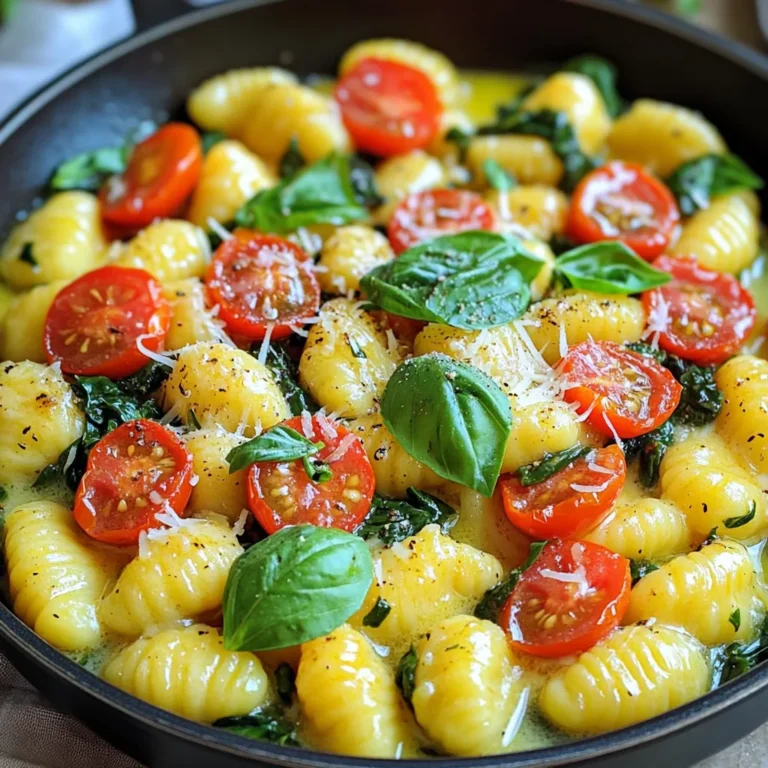Sheet-Pan Sesame Ginger Salmon Quick and Tasty Meal
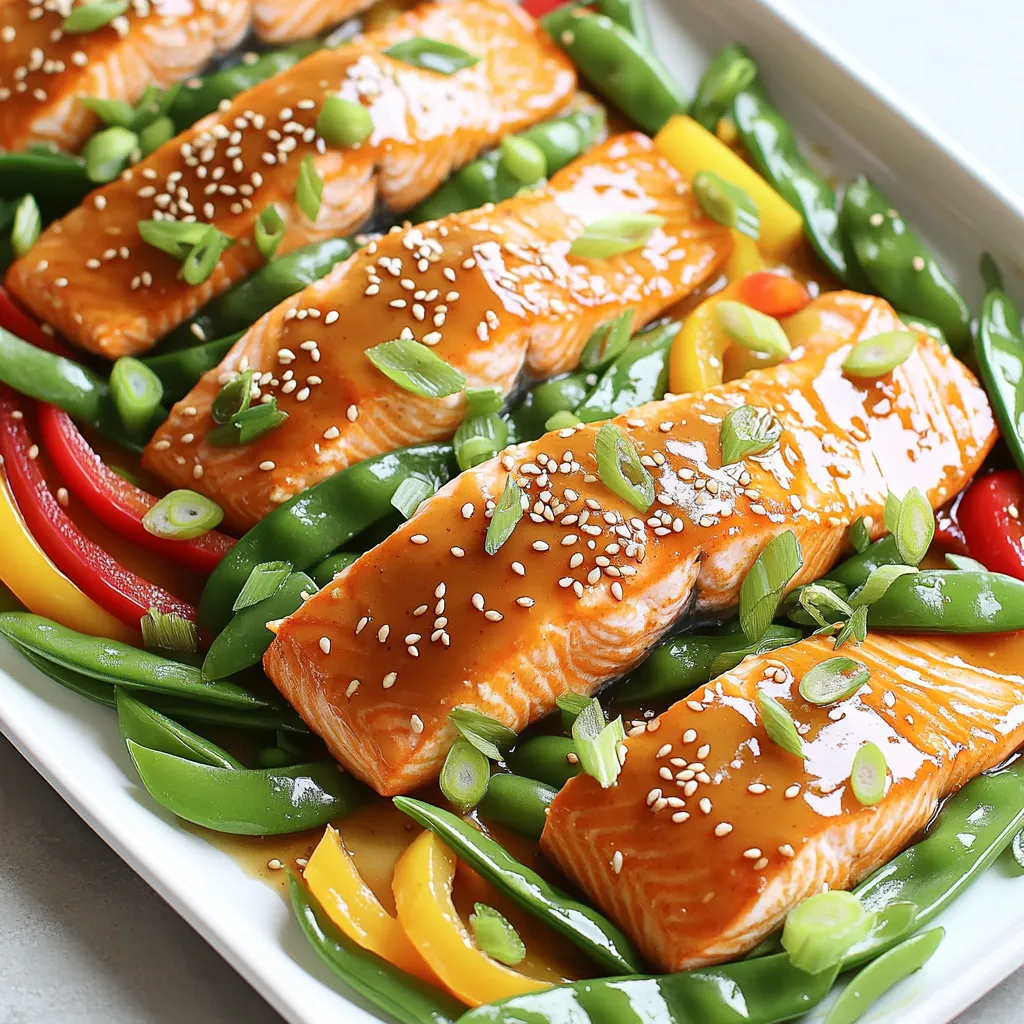
Looking for a quick and tasty meal? This Sheet-Pan Sesame Ginger Salmon checks all the boxes! It’s easy to make and packs amazing flavors. With fresh ingredients like salmon and the rich taste of sesame oil, dinner can be both healthy and satisfying. Whether you’re cooking for yourself or your family, this dish is a winner. Let’s dive into the steps to make this delicious meal!
Ingredients
List of Ingredients
This dish shines with just a few main ingredients. Here’s what you’ll need:
- 4 salmon fillets
- 2 tablespoons sesame oil
- 3 tablespoons soy sauce (low sodium preferred)
- 2 tablespoons fresh ginger, grated
- 2 tablespoons honey
- 1 tablespoon rice vinegar
- 2 garlic cloves, minced
- 1 bell pepper, sliced (red or yellow)
- 1 cup snap peas (or green beans)
- 1 tablespoon sesame seeds (toasted)
- 2 green onions, sliced (for garnish)
- Salt and pepper to taste
The salmon is the star of this dish. Fresh, high-quality salmon makes a big difference. Choose fillets that are firm and vibrant in color.
Sesame oil adds a rich, nutty flavor. It’s best to use toasted sesame oil for a deeper taste. Low sodium soy sauce balances the saltiness without overwhelming the dish.
Fresh ginger brings a bright, zesty flavor. Grate it finely to release its oils. Honey adds a touch of sweetness, while rice vinegar gives a nice tang. Garlic adds depth to the sauce, making it more complex.
Don’t forget the veggies! Bell peppers and snap peas add color and crunch. They soak up the flavor from the sauce and complement the salmon well.
Quality matters. Fresh ingredients always taste better. They enhance the overall dish and make it more enjoyable. Choose organic or locally sourced ingredients when possible.
Feel free to explore optional ingredients. You can add chili flakes for heat or swap in other veggies. This dish is flexible, so get creative!
Step-by-Step Instructions
Prepping the Oven and Ingredients
First, let’s get the oven ready. Preheat your oven to 400°F (200°C). This will help cook the salmon evenly. Next, grab a large baking sheet and line it with parchment paper. This makes cleanup a breeze.
Now, let’s make the sesame ginger sauce. In a medium bowl, mix together 2 tablespoons of sesame oil, 3 tablespoons of low-sodium soy sauce, 2 tablespoons of grated ginger, 2 tablespoons of honey, 1 tablespoon of rice vinegar, and 2 minced garlic cloves. Whisk until all ingredients blend well. This sauce adds great flavor to the salmon.
Arranging the Salmon and Vegetables
Next, take the 4 salmon fillets and place them on the prepared baking sheet. Lightly season each fillet with salt and pepper. Now, pour half of the sesame ginger sauce over the salmon. Make sure each piece is well coated. Save the other half for later.
Now, let’s add some veggies. Arrange sliced bell pepper and snap peas around the salmon on the baking sheet. Drizzle a bit of the reserved sauce over the veggies and toss them gently to coat. This adds color and crunch to your meal.
Baking the Dish
It’s time to bake! Place the baking sheet in the oven and cook for 12 to 15 minutes. The salmon should be cooked through and flake easily with a fork. The veggies should be tender but still crisp.
To check if the salmon is done, use a fork to see if it flakes. If it does, you’re good to go! Once finished, carefully take the sheet pan out of the oven. Sprinkle toasted sesame seeds over the salmon and vegetables for a nice touch. Serve right away, drizzling the remaining sauce on top of the salmon for added flavor. Enjoy your meal!
Tips & Tricks
Achieving Flavor Perfection
To get the best taste, you need to balance sweet and savory. The honey gives a nice sweetness, while the soy sauce adds saltiness. This mix makes the salmon shine. Marination is key. Let the salmon soak in the sauce for at least 15 minutes. This time helps the flavors soak in deeply. For a richer taste, marinate for up to an hour if you have time.
Ensuring Perfectly Cooked Salmon
To check if your salmon is done, use a fork. Gently poke the thickest part of the salmon. If it flakes easily, it is ready. Aim for an internal temperature of 145°F (63°C) for perfect doneness. If you like it a bit softer, pull it out at around 135°F (57°C). It will keep cooking a bit after you take it out of the oven.
Presentation Tips
When serving, use a large plate to show off your meal. Place the salmon in the center, then arrange the veggies around it. Drizzle the remaining sauce on top for extra flavor. Sprinkle toasted sesame seeds over everything for a nice crunch. Finally, add sliced green onions for a fresh touch. This makes your dish look bright and tasty.

Variations
Substitutions for Ingredients
If you want to switch up the protein, salmon isn’t your only choice. You can use tofu or chicken. Tofu absorbs flavors well and is a great plant-based option. If you choose chicken, use boneless, skinless thighs or breasts. Just keep an eye on cooking times.
For veggies, feel free to mix it up. Broccoli, carrots, or even zucchini work great. You can use any veggies you love or have on hand. They all add color and nutrition to your meal.
Flavor Variations
Want to try different flavors? You can swap the sesame ginger sauce for others. Teriyaki works well and adds sweetness. Garlic soy sauce is another tasty option. It gives a deeper flavor and pairs nicely with the salmon.
You can adjust the spice too. If you like heat, add some chili flakes or sliced peppers. This will spice up the dish and give it a kick. Play around with these options and find your favorite mix!
Storage Info
Leftovers Storage Basics
To store cooked salmon, first, let it cool to room temperature. This step prevents moisture buildup. Once cooled, wrap the salmon tightly in plastic wrap. You can also place it in an airtight container. This helps keep the flavors fresh.
For vegetables like bell peppers and snap peas, store them separately. They can be kept in the same airtight container, but they might get soggy if mixed.
To keep things organized, label your containers with the date. This way, you easily track how long they’ve been stored.
Reheating Suggestions
When reheating salmon, aim to keep it moist. The best method is to use the oven. Preheat it to 275°F (135°C). Place the salmon on a baking sheet and cover it with foil. This helps retain moisture. Heat for about 15 minutes.
If you’re in a hurry, you can use the microwave. Place the salmon on a microwave-safe plate. Cover it with a damp paper towel. Heat in short bursts of 30 seconds. Check frequently to avoid drying it out.
For both methods, ensure the salmon reaches an internal temperature of 145°F (63°C) before eating. This keeps it safe and delicious.
FAQs
Can I make this recipe ahead of time?
Yes, you can prepare the recipe in advance. For best results, you can marinate the salmon and chop the vegetables the night before. Store the marinated salmon in the fridge. Keep the vegetables in a separate container. This way, you can save time on cooking day. When you’re ready to cook, simply arrange everything on the sheet pan and bake. This method keeps the flavors fresh and makes cooking easier.
What is the best side dish for sheet-pan sesame ginger salmon?
For side dishes, I recommend serving steamed rice or quinoa. Both pair well with the salmon’s flavors. You could also serve a fresh salad with a light vinaigrette. Roasted or grilled veggies, like asparagus or broccoli, complement the meal nicely. Another great option is a simple stir-fry. This adds more veggies and keeps the meal colorful.
Can I grill instead of bake the salmon?
Absolutely! Grilling adds a nice smoky flavor. To grill, preheat your grill to medium heat. Prepare the salmon and sauce as usual. Place the salmon on a lightly oiled grill. Cook for about 5-7 minutes per side. Use the remaining sauce to baste the salmon while it cooks. This will keep it moist and flavorful. Just make sure the salmon flakes easily when done.
This blog post covered how to prepare a delicious sheet-pan sesame ginger salmon dish. We discussed important ingredients, from high-quality salmon to fresh vegetables and seasonings. I shared step-by-step instructions for prepping, baking, and ensuring perfect doneness. You learned tips for flavor balance and presentation. Remember, the right ingredients and care in cooking create a delightful meal. Feel free to experiment with variations and enjoy your dish more every time you make it. Happy cooking!
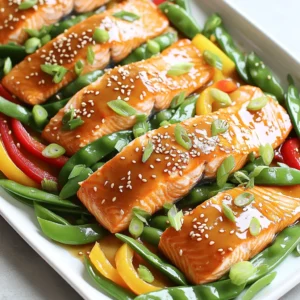

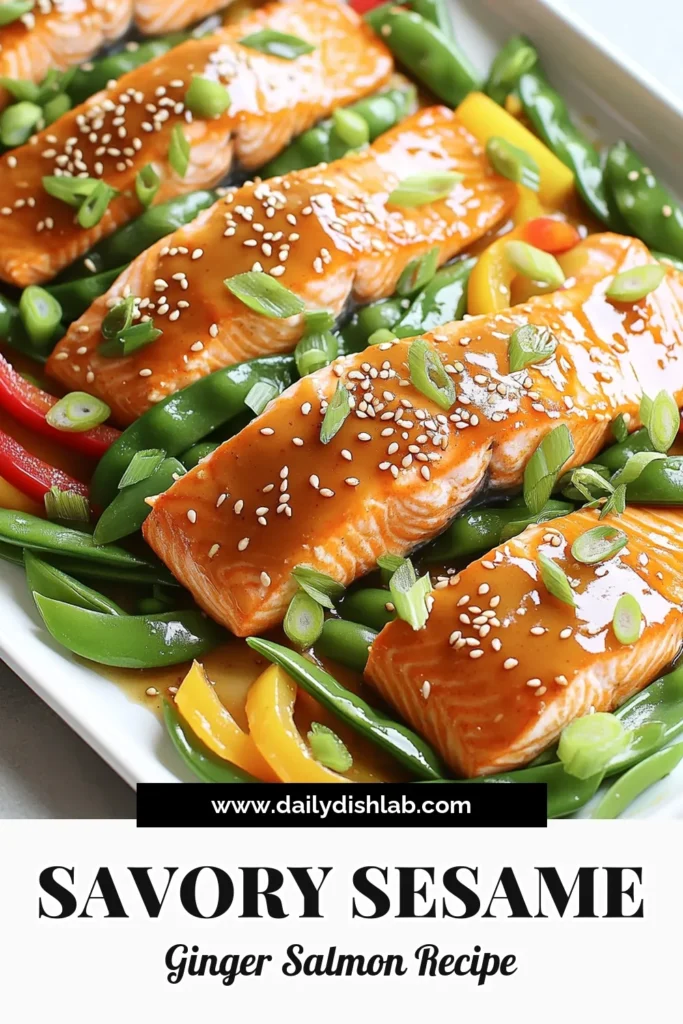

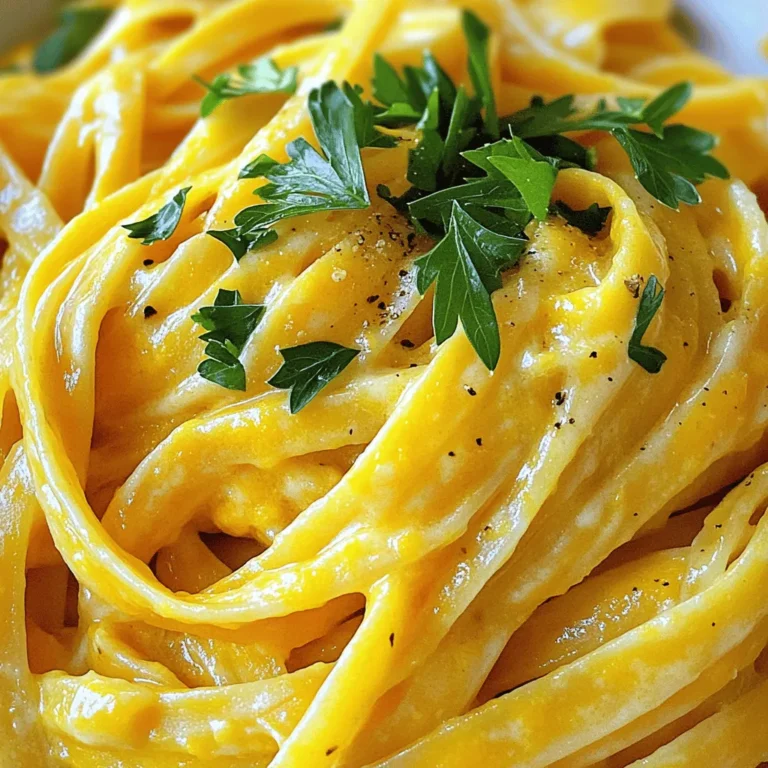
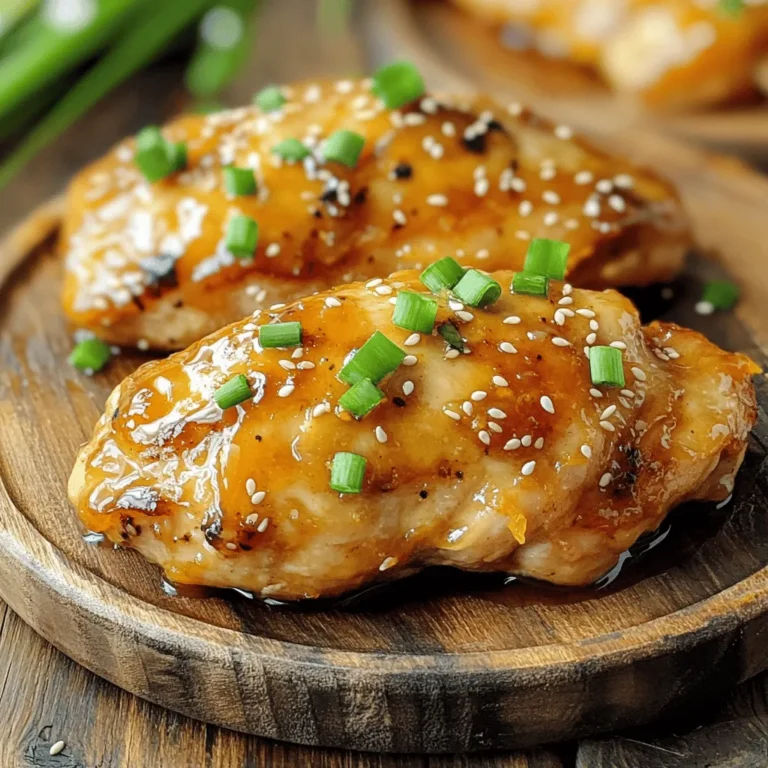
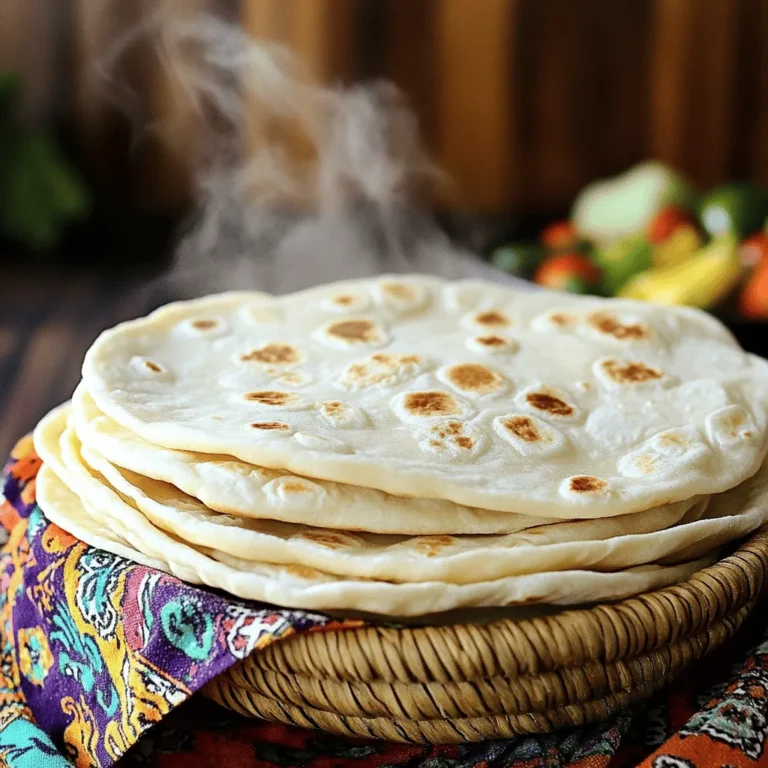
![- 8 oz rice noodles - 1 cup shredded carrots - 1 bell pepper (red or yellow), thinly sliced - 1 cup red cabbage, shredded - 1/2 cup snap peas, trimmed - 1/4 cup fresh cilantro, chopped - 2 green onions, sliced - 1/4 cup roasted peanuts, roughly chopped - 1/4 cup sesame oil - 2 tablespoons soy sauce - 1 tablespoon rice vinegar - 2 teaspoons sriracha (or to taste) - 1 tablespoon honey or maple syrup - Salt and pepper to taste The main ingredients in this salad create a bright and crunchy mix. Rice noodles form the base. They soak up all the flavors. The veggies add color and crunch. Shredded carrots give sweetness. Bell peppers contribute crispness and a pop of color. Red cabbage adds a nice crunch too. Snap peas are sweet and tender. Fresh cilantro brings in a burst of flavor. Green onions add a mild bite. Finally, roasted peanuts add a delicious crunch. For the dressing, sesame oil gives a rich nutty taste. Soy sauce brings saltiness and umami. Rice vinegar adds tang. Sriracha gives a spicy kick that you can adjust. Honey or maple syrup balances the heat with sweetness. Don't forget salt and pepper for extra flavor. This salad is fun to make and even more fun to eat! You can find the Full Recipe below to guide you through. To cook rice noodles, bring water to a boil. Add the noodles and cook as the package tells you. Drain them in a colander. Next, rinse the noodles under cold water. This helps stop the cooking. Set them aside to cool. In a bowl, whisk together the sesame oil, soy sauce, and rice vinegar. Add sriracha, honey, and a pinch of salt and pepper. Keep whisking until all the ingredients mix well. If you like more heat, add more sriracha to fit your taste. In a large mixing bowl, add the shredded carrots, sliced bell pepper, red cabbage, snap peas, cilantro, and green onions. Toss the veggies together to mix them well. Now, add the cooled noodles to the bowl. Pour the dressing over everything. Toss it all together until the noodles and veggies are coated. You can serve this salad on a large platter or in individual bowls. For crunch, sprinkle roasted peanuts on top. You can also add extra cilantro or green onions for a nice touch. This salad looks and tastes great! For the complete recipe, check out the Full Recipe. To get the best noodles, cook them al dente. This means they should be firm but not hard. Follow the package instructions carefully. After cooking, drain and rinse them in cold water. This stops the cooking and keeps them from sticking together. For crunchy veggies, slice bell peppers and cabbage thin. This adds more texture and makes every bite fun. Use fresh snap peas for a crisp experience. The key is to keep the vegetables raw so they stay crunchy. Adjusting the dressing is easy and fun. Start with the basic recipe and taste it. If you want more zest, add a little extra sriracha. For sweetness, increase the honey or maple syrup. The balance of flavors is key to a delicious salad. For added depth, throw in herbs like cilantro. Fresh herbs bring a burst of flavor. You can also mix in other spices if you want something special. Preparing ingredients ahead of time makes life easier. You can chop veggies and store them in the fridge. Just keep them in a sealed container. This keeps them fresh for longer. When storing the salad, keep the dressing separate until you are ready to eat. This helps the salad stay crisp. If you follow these tips, your salad will be fresh and tasty for days. For the complete recipe, check out the [Full Recipe]. {{image_2}} You can boost your Spicy Asian Noodle Salad with protein. Grilled chicken adds a tasty twist. It gives the salad a hearty touch. Just slice it thin and toss it in. If you're looking for plant-based options, try tofu or tempeh. Both options soak up flavors well. Use firm tofu for a nice texture. Simply grill or sauté it until golden. Tempeh has a nutty flavor that pairs beautifully with the salad. For a gluten-free version, swap rice noodles with zucchini noodles or rice paper. These options maintain the crunch and flavor. Ensure your soy sauce is gluten-free, too. If you follow a vegan diet, skip the honey. Use maple syrup instead for sweetness. It blends perfectly with the other flavors. You can enjoy this salad while sticking to your diet. Want to change up the taste? Add fruits like mango or avocado. Mango brings sweetness and color, while avocado adds creaminess. Both fruits pair well with the spicy dressing. You can also try different sauces. For a tangy kick, add some lime juice. Mixing in peanut sauce can give a richer flavor. Experiment with these tweaks to find your favorite taste! For the full recipe, check out the Spicy Asian Noodle Salad link. For the best storage, use airtight containers. Glass or BPA-free plastic containers work well. Make sure to cool the salad before sealing. This helps keep it fresh longer. Store the salad in the fridge right after serving. Your Spicy Asian Noodle Salad stays fresh for about three days. Keep an eye out for signs of spoilage. If you see wilting veggies, or a sour smell, it’s time to toss it. If the noodles become mushy, it's also not good anymore. Always trust your senses when checking for freshness. If you want detailed instructions on how to make this salad, check the Full Recipe. If you do not have rice noodles, try zucchini noodles or soba noodles. Zucchini noodles offer a fresh taste and are low in carbs. Soba noodles provide a nutty flavor and are made from buckwheat. Both options keep your salad bright and tasty. Yes, you can make this salad ahead of time. Prepare all the veggies and keep them in the fridge. Cook the noodles, rinse them, and store them separately. Keep the dressing in a jar. Mix everything together right before serving. This way, your salad stays fresh and crunchy! Yes, this salad can be spicy! The heat comes from sriracha. You can adjust the spice level to your liking. If you want it milder, use less sriracha. For more heat, add a bit more. This makes it easy to customize the flavor just for you! This Spicy Asian Noodle Salad is fun to make and tasty to eat. We covered the main ingredients, dressing, and how to prepare everything. You learned tips on texture and flavor, plus meal prep ideas. You can also adjust this salad to fit your needs. Remember to store leftovers properly for freshness. Enjoy your cooking and make this salad a regular dish!](https://dailydishlab.com/wp-content/uploads/2025/07/6e933895-c6b2-493f-8d49-828c5b8d7f9b-768x768.webp)
